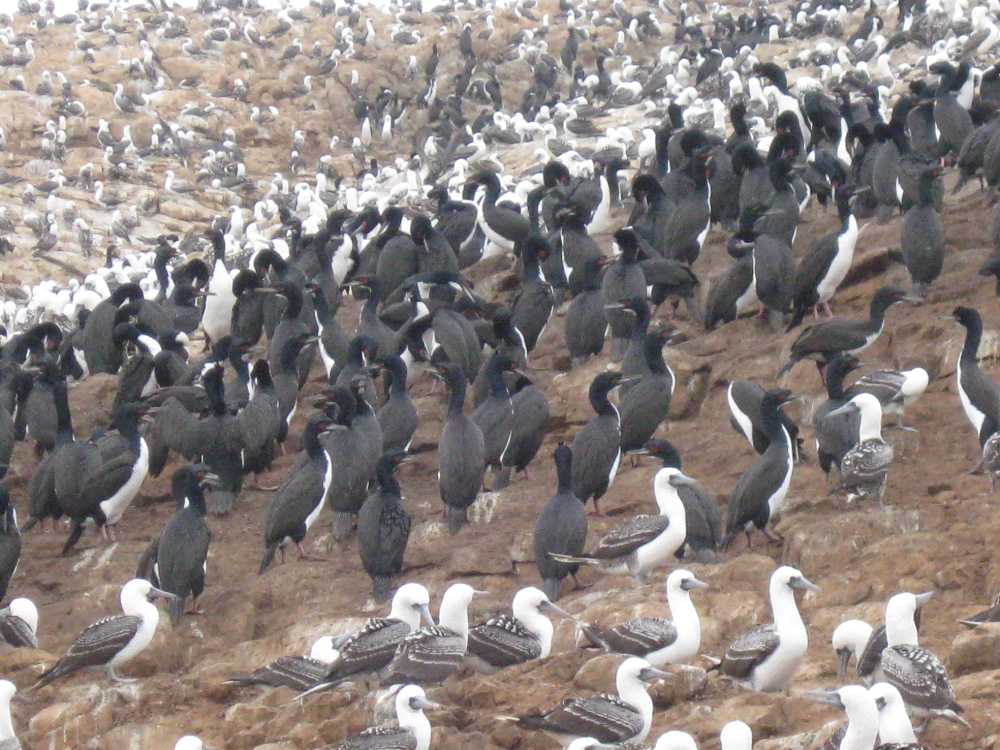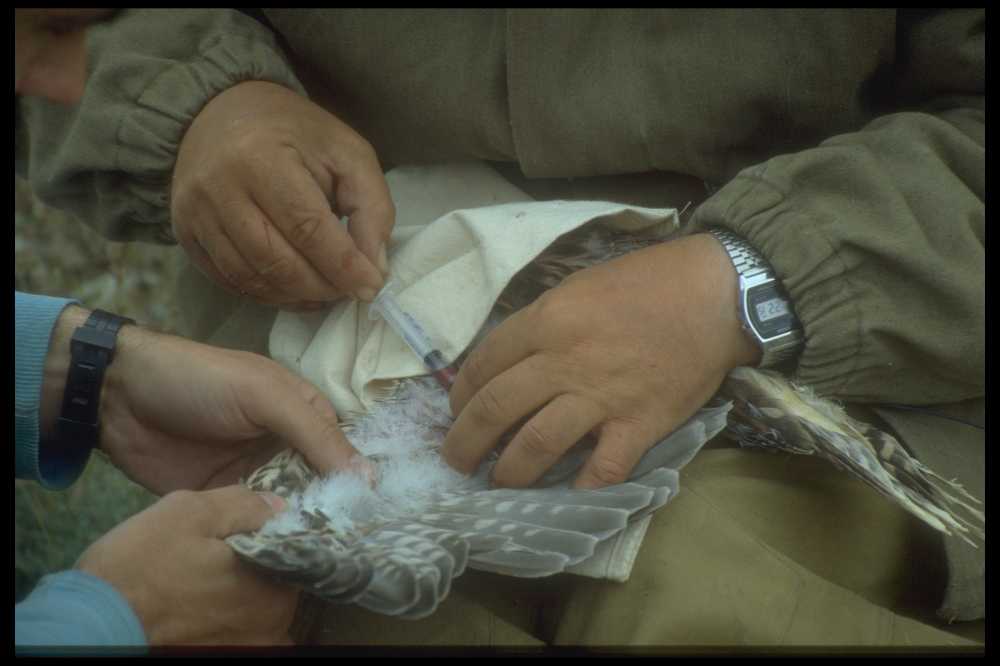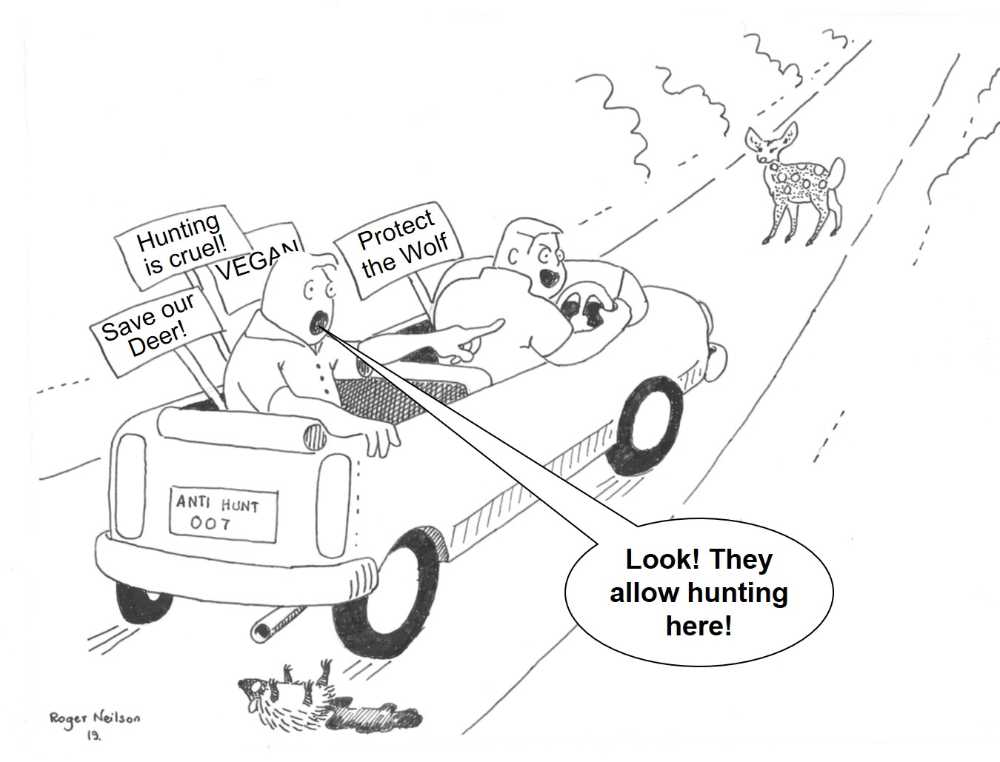_636909449126358618.jpg)
Inuit traditional knowledge assisted in solving the mystery of Franklin’s ill-fated Arctic expedition © WikiCommons
Governance is how human society manages its affairs. It is not merely top-down government. Except in dictatorships, governance needs popular consent, which should be informed with knowledge based on science and/or experience. ‘Traditional Knowledge’ develops through prolonged observations of nature being turned into governance practices by people managing areas for centuries with empathy for local motivations. This holistic knowledge is hard to replicate and therefore a valuable resource. ‘Modern Science’, which compares observations across areas and does experiments, can gain evidence rapidly, which is important in times of change. Adaptive management can help to inform decisions by learning from what works, and what does not work, in a structured manner.

Seabirds become endangered through pollution, climate change, overfishing and as by-catch © Marina Rosales Benites de Franco
IUCN has a globally-accepted process for defining species status, based on population sizes and rates of decline. If there is no consistent evidence of decline based on good data, a species is of ‘Least Concern’, whereas a species whose mature population halves rapidly compared with its lifespan (typically within two decades for birds) is ‘Endangered’. If methods can be found to reverse the reasons for decline, populations of all but the largest species can quite rapidly double again and may grow still more. Two methods have been found by authorities to reverse declines in species populations: punishments and rewards.
Protection and punishment

Early DNA forensics required blood, but now need tiny samples © Anatrack Ltd
IUCN also has categories of protected area, varying from land where most human activities are permitted to areas in which access is restricted. Protection of species also varies in strength, from that applied only during breeding to forbidding killing with no exceptions; ‘animal rights’ interests even aspire to ban any keeping of animals. Protection laws succeed if they have public support and breaches are easily detected, for example with DNA forensics. Protection is less effective if species cause notable damage to local communities, especially if breaches are easily concealed. Draconian restrictions and punishment, which do not deter offenders if risk of detection is low, may alienate local communities.
Rewards and restoration

Wild plant certification by the FairWild initiative © Traditional Medicinals Inc
Where animals cause problems, allowing some management wins support of local people. Maintaining and restoring ecosystems requires local efforts over long periods. Laws cannot compel the effort required and restrictions on management can deter this effort. However, if wild species have value, and can be used sustainably ‘to meet the needs and aspirations of present and future generations’, communities will conserve them unless fencing and farming pay better. For preserving very problematic species, rewards work better than coercion. Obtaining meat and selling valuable hunting rights can be a strong reward, as can wildlife watching where tourism can give local value without damaging ecosystems. Other rewards for conservation are state payment for stewardship and prizes for best-practice. It’s also good to use natural products with certificates showing that their use is sustainable. The most recent major international agreement for nature conservation, the Convention on Biological Diversity, mentions sustainable use five times more than it mentions protection.
Adaptive governance

Good governance should adapt to changes in circumstances and evidence. For example, a species abundant enough to be used sustainably may become rare and need protection, but only until its abundance is restored, so that a return to the benefits from sustainable use can motivate conservation of its ecosystems again. People elsewhere may oppose renewed use if the species has become an icon for protection or tourism, or money is made by meeting demand through domestic breeding. There may be demands for restrictions and detailed monitoring which local people cannot meet without assistance. Nonetheless, those who cherish and manage the land where they live typically have more practical ability to conserve ‘their’ nature, if guided carefully, than those who wish to protect other people’s wildlife. Good governance then involves making laws which can promote conservation through best practices and enable local people to benefit again sustainably. The Council of Europe has adopted charters invoking these principles; the Convention on Conservation of Migratory Species has worked to apply them in its Raptors MoU programme.